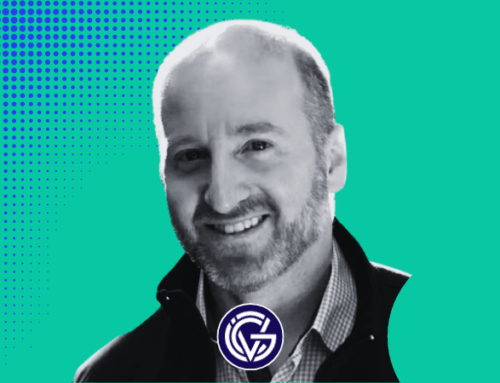How Hair Follicles Sense Their Environment
June 17, 2025

Northwestern Medicine scientists have discovered how cells responsible for hair growth perceive physical forces in their environment and utilize that information to regulate their growth, according to a study published in Science Advances.
Hair follicle stem cells (HF-SCs) are long-lived cells within the hair follicle that are responsible for hair growth and regeneration throughout a person’s life. In many tissues, including hair follicles, stem cells spend most of their time in a quiet, resting state. Understanding how they maintain this state is crucial for developing therapies for hair loss and wound healing, said Rui Yi, PhD the Paul E. Steiner Research Professor of Pathology and professor of Dermatology.
“The question is how cells sense mechanical force and how they translate that force into signals to tell them what to do, which has not previously been clear,” said Yi, the senior author of the study.
In the study, Yi and his collaborators observed HF-SCs in mice and found that the stem cells used the ion channel PIEZO1 to detect mechanical forces, like the tension between cells or pressure from surrounding tissue. PIEZO1 is a mechanosensitive ion channel, meaning it opens in response to physical force and allows calcium ions to flow into the cell.
Next, using advanced imaging techniques, the investigators analyzed the flow of calcium into the cells. HF-SCs are connected to each other through a protein called E-cadherin, which acts like molecular Velcro. The investigators found that when E-cadherin is pulled with a force of about 20 picoNewtons (a trillionth of a Newton), PIEZO1 becomes activated.
This activation causes tiny bursts of calcium — called “calcium flickers” — to enter the cell. These calcium signals help keep the stem cells in their resting state.
When investigators deleted the PIEZO1 gene in these stem cells, the cells received fewer calcium signals and were more likely to exit their dormant state. This suggests that PIEZO1 is essential for maintaining the balance between rest and growth in HF-SCs, Yi said.
Using single-cell genomic analysis, the team also identified a network of genes controlled by PIEZO1. Two key players in this network are AP1 and NFATC1 — genes that code for transcription factors that help regulate genes involved in cell structure and adhesion. These genes help reinforce the unique mechanical environment that HF-SCs need to stay dormant.
PIEZO1’s job seems to be sensing how strong the force is around the stem cell, and then triggering the stem cell to express even more of the genes to make sure the mechanical property is maintained, according to Yi.
The findings open up new possibilities for manipulating stem cell behavior in regenerative medicine and aging research, Yi said.
“Mechanical force sensing and the downstream regulation are really important to control hair follicle stem cell activities,” Yi said. “When we get older, the frequency of hair growth decreases. We want to know whether we can leverage some of our findings by manipulating specific mechanical forces to change stem cell behavior to stimulate their division or activation.”
While the study was conducted with mice, Yi said he hopes to confirm the findings in humans.
“The study was just done in mice as a proof of principle,” he said. “Maybe one day we can start to treat human hair loss disorders.”
The study was funded by National Institute of Health grants AR066703, AR071435, HD107841, AR043380 and AR041836. Additional support was provided by the Singapore Ministry of Education Academic Research Fund and the National Research Foundation Singapore.
Search
RECENT PRESS RELEASES
Related Post




